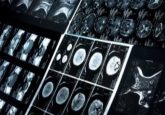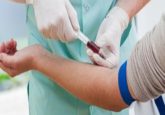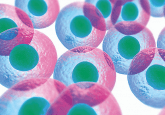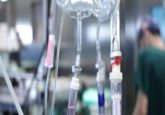ASCO16: Tandem autologous stem cell transplant could improve neuroblastoma survival
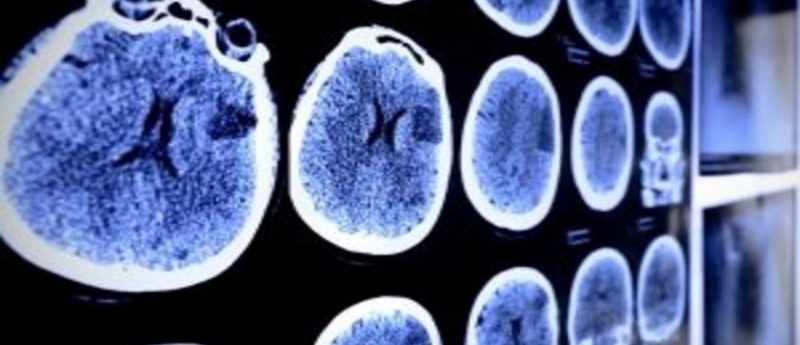
In general, less than 50% of children with high-risk neuroblastoma survive > 5 years following diagnosis. However, the results of a Phase III trial presented on Sunday in the Plenary Session of the American Society of Clinical Oncology Annual Meeting (3–7th June 2016, IL, USA) have indicated that the addition of a second autologous stem cell transplant (ASCT), utilizing a patient’s own stem cells, could improve survival outcomes.
Children with a median age of 3.1 years who had been newly diagnosed with high-risk neuroblastoma were enrolled onto the trial. Of the patients, 88% had stage 4 disease and 38.2% had a tumor with MYCN amplification – a high-risk genetic abnormality.
All individuals received six cycles of multi-agent induction chemotherapy regimen, including an initial two cycles of high-dose cyclophosphamide/topotecan followed by stem cell collection from the blood to be used for subsequent transplantation.
Once the induction therapy had been completed, patients were randomly assign to two different groups, receiving either single ASCT with carboplatin-etoposide-melphalan chemotherapy, or a double (tandem) ASCT with thiotepa–cyclophosphamide prior to the first ASCT followed by a modified carboplatin-etoposide-melphalan chemotherapy prior to second ASCT. One hundred and twenty nine out of 179 patients in the single ASCT group and 121 out of 176 in the tandem transplant group also subsequently received anti-GD2 (dinutuximab) plus cytokine immunotherapy.
The 3-year event-free survival from enrollment for all patients was 51% and 3-year overall survival was 68.3% at the end of the study. Between the randomized groups, the 3-year event-free survival rate from time of randomization was 61.4% in the tandem transplant group compared to 48.4% in the single transplant group – a significant difference. Outcomes were also slightly better in individuals who had received anti-GD2 antibody plus cytokines after the transplant.
The team now plan to continue to study patients within this trial for the next 10 years, to learn more about survival under tandem ASCT.
Lead author Julie Park (University of Washington, WA, USA) commented: “This finding will change the way we treat children with high-risk neuroblastoma in North America, which still claims many young lives and is in urgent need of better treatments.”
Source: American Society of Clinical Oncology press release
This news piece was also featured on our sister site, Neurology Central.
